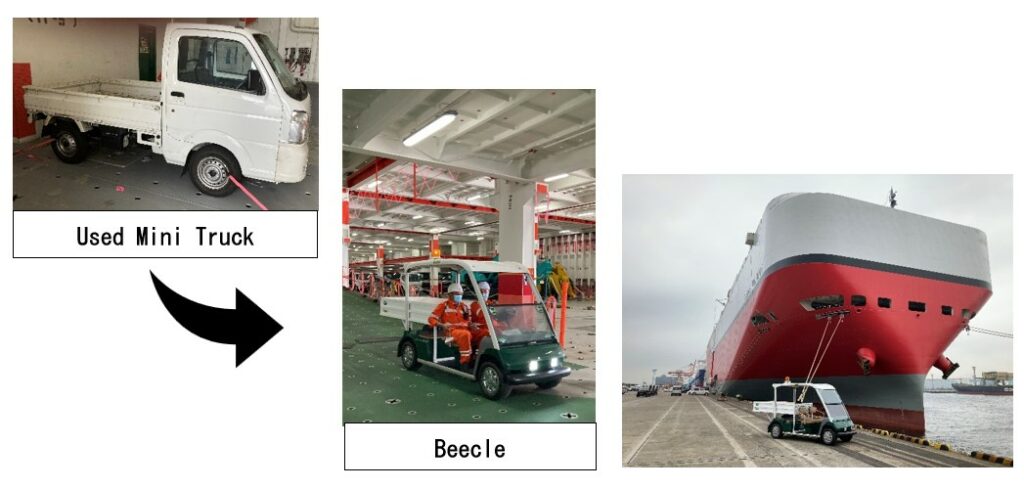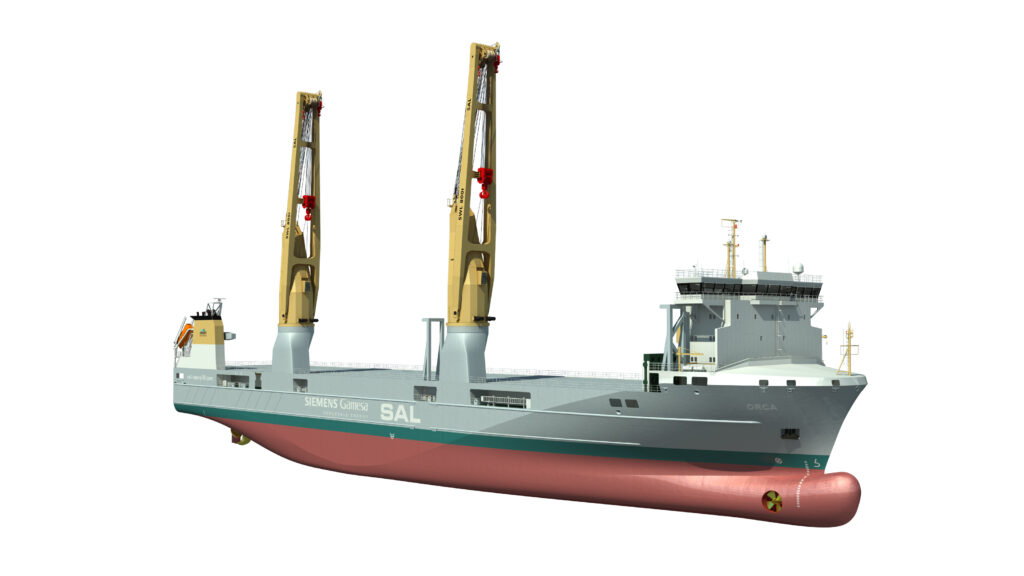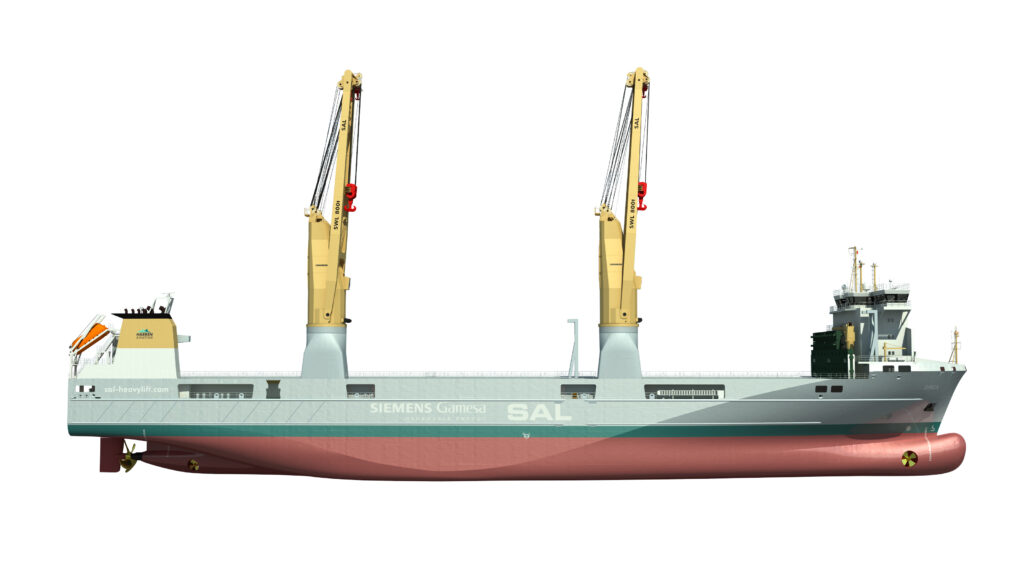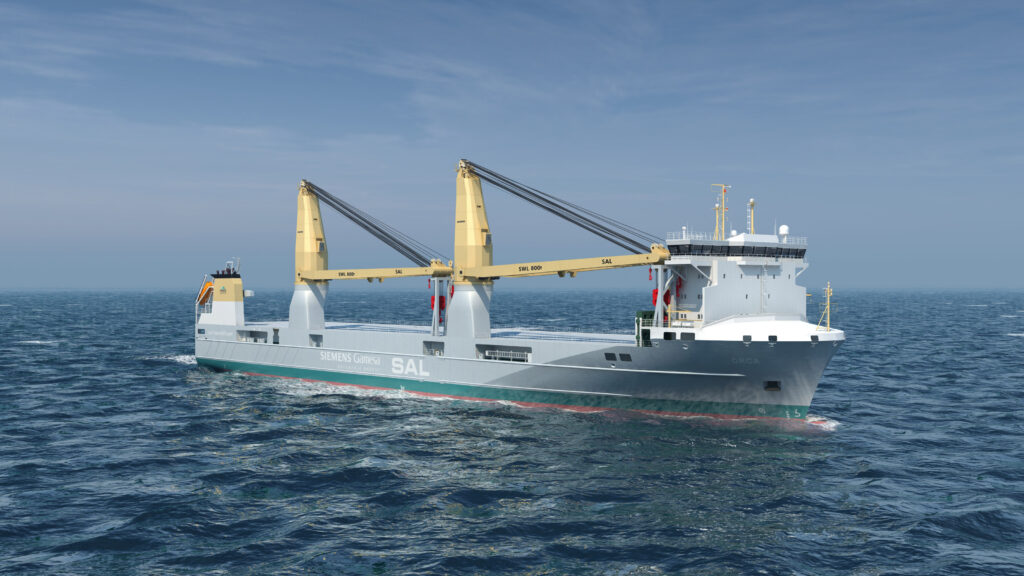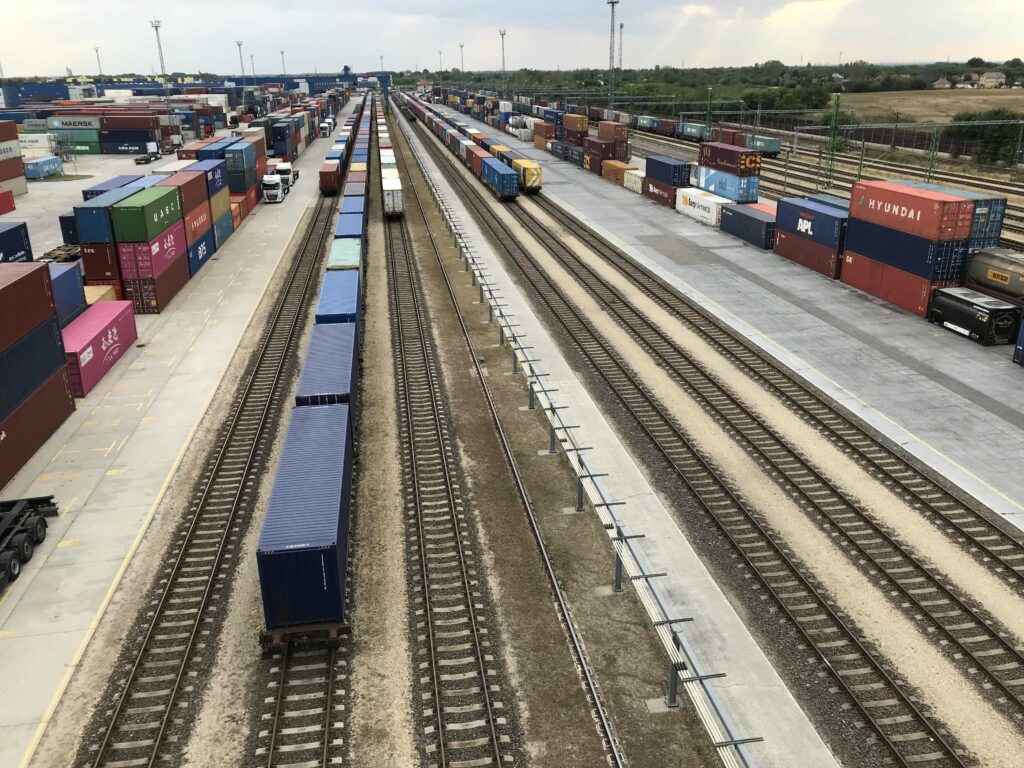The global association representing cargo handling companies, ICHCA International (ICHCA) is delighted to welcome International Longshore and Warehouse Union Canada as a new member
As a leading voice in a crucial sector of the global supply chain, ICHCA brings together a wide range of players that perform a vital role in driving the world economy. The addition of one of the leading labour organizations in Canada will be a tremendous asset in carrying out ICHCA’s primary mission of maintaining and improving safety in all aspects of cargo handling.
ILWU Canada has long advocated for workplace health and safety for its over 7000 members on the west coast of Canada. We believe that re-establishing our membership of ICHCA is an important step. We feel it is important for ILWU Canada in engage at the international level in the areas of health and safety. We hope to engage in work at the technical panel level with ICHCA. It is important to have workers voices at the table.
ICHCA’s has privileged NGO status at the International Maritime Organization (IMO), International Labour Organization (ILO) and other key UN agencies which allows it, on behalf of its members to monitor, contribute to, and influence the development of regulations and guidelines that impact cargo handling and movement worldwide.
“We at ICHCA are proud of the role we have in improving industry standards through coalescing the expertise and knowledge of the world class organizations that make up our membership. The addition of ILWU Canada to that number is a significant positive step in exerting our collective influence over that improvement,” commented ICHCA’s CEO Richard Steele. “To count ILWU Canada within our number provides additional evidence of ICHCA’s expanding reach across all aspects of the vast business of moving cargo around the world.”
About ICHCA International
Established in 1952, ICHCA International is an independent, not-for-profit organisation dedicated to improving the safety, productivity and efficiency of cargo handling and movement worldwide. ICHCA’s privileged NGO status enables it to represent its members, and the cargo handling industry at large, in front of national and international agencies and regulatory bodies, while its Technical Panel provides best practice advice and develops publications on a wide range of practical cargo handling issues.
Operating through a series of national and regional chapters, including ICHCA Australia, ICHCA Japan and plus Correspondence and Working Groups, ICHCA provides a focal point for informing, educating, lobbying and networking to improve knowledge and best practice across the cargo handling chain.







